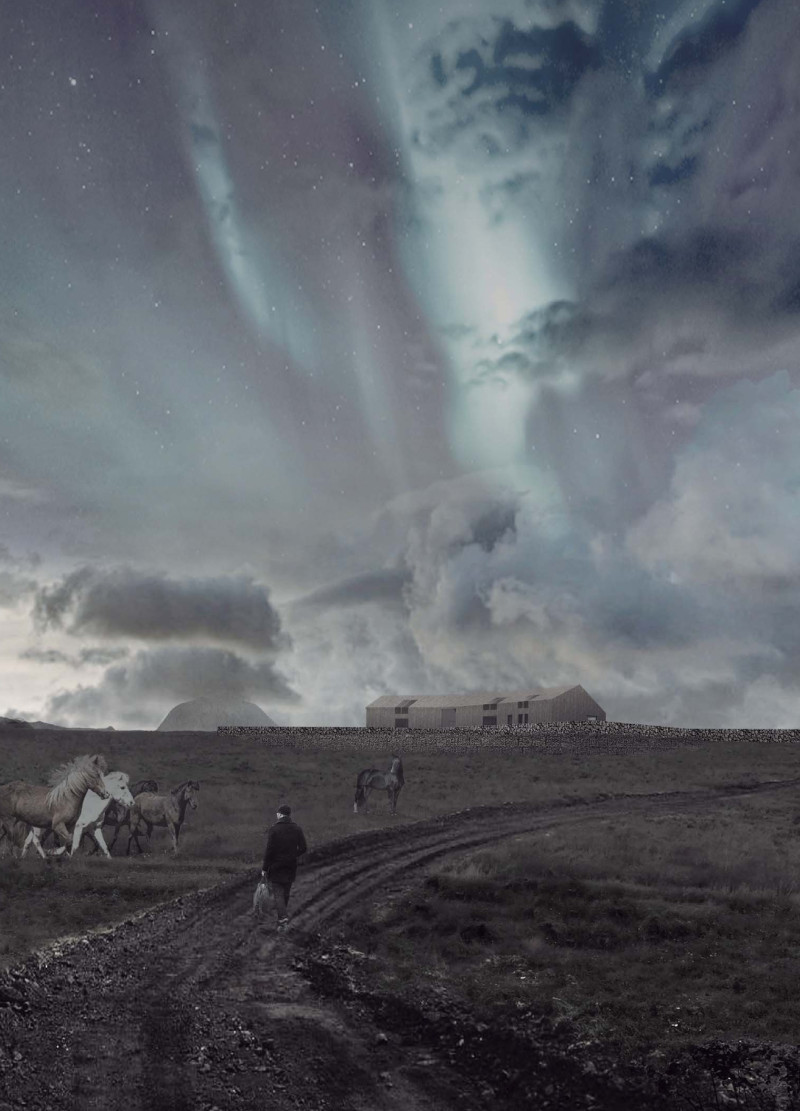5 key facts about this project
The primary function of this project is [describe the main function of the building, e.g., residential, commercial, educational]. It aspires to create a space that not only meets these functional requirements but also enriches the user experience. The area designated for interaction includes [mention specific spaces such as communal areas, landscapes, or amenities that foster community engagement]. This careful consideration of function ensures that the design accommodates various activities, promoting a sense of community and accessibility.
The architectural design is notable for its materials and structural approaches, which reflect a modern sensibility while paying homage to local traditions. The use of materials such as concrete, glass, steel, wood, and stone underscores a commitment to durability and aesthetics. Concrete is employed for its structural capabilities, providing a strong foundation, while expansive glass elements invite natural light and enhance the connection to the exterior landscape. The incorporation of wood introduces warmth and a tactile quality, thoughtfully balancing the coldness often associated with concrete and glass. Stone is used in both interior and exterior applications, establishing a sense of permanence and grounding the project within its geographic context.
A distinctive aspect of this architectural project lies in its unique design approaches. The layout is characterized by open floor plans that encourage flexibility and promote interaction among users. Strategic window placements maximize light and views, intentionally framing the picturesque surroundings while providing passive heating and cooling benefits. The integration of green roofs or vertical gardens showcases a commitment to sustainability, adding to the ecological value of the architecture. This biophilic design element not only enhances aesthetic appeal but also contributes to improved air quality and biodiversity in the urban environment.
Moreover, the project addresses modern challenges such as sustainability and energy efficiency through innovative design solutions. Incorporating renewable energy sources, such as solar panels, alongside efficient building systems reduces the ecological footprint while lowering operational costs. This holistic approach reflects a growing recognition of the role architecture plays in addressing climate change and environmental stewardship.
Landscaping features play an essential role in the project's overall success. The outdoor spaces are designed to complement the architecture while serving as extensions of interior environments. Thoughtfully planned pathways, green spaces, and gathering areas create opportunities for social interaction and relaxation, enriching the overall quality of life for residents and visitors alike.
The design narrative is further enriched by the inclusion of local art and cultural elements, which help establish a sense of identity and belonging. By weaving cultural references into the fabric of the architecture, the project creates a dialogue between the modern design and the historical context of the area, acknowledging the significance of place.
In essence, this architectural project exemplifies a commitment to thoughtful design, functionality, and sustainability. It navigates the complexities of modern living while remaining grounded in its local context, making it a relevant and meaningful addition to the architectural landscape. For those interested in delving deeper into the specifics of the design, exploring the architectural plans, sections, and additional details will provide further insights into the thoughtful considerations that shaped this project. Engaging with these materials will enhance your understanding of the design's functionality and its broader impact on the community and the environment.






















